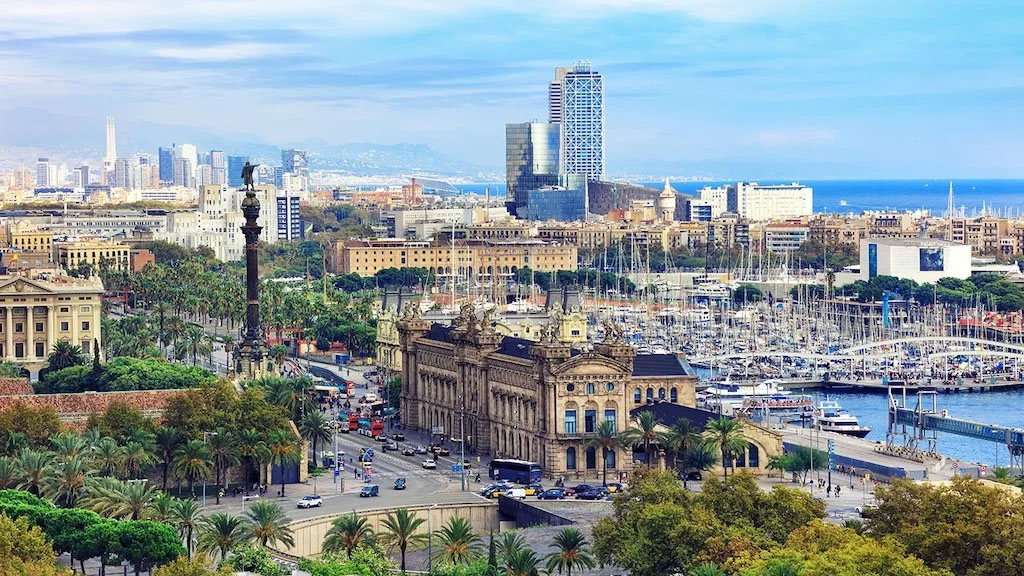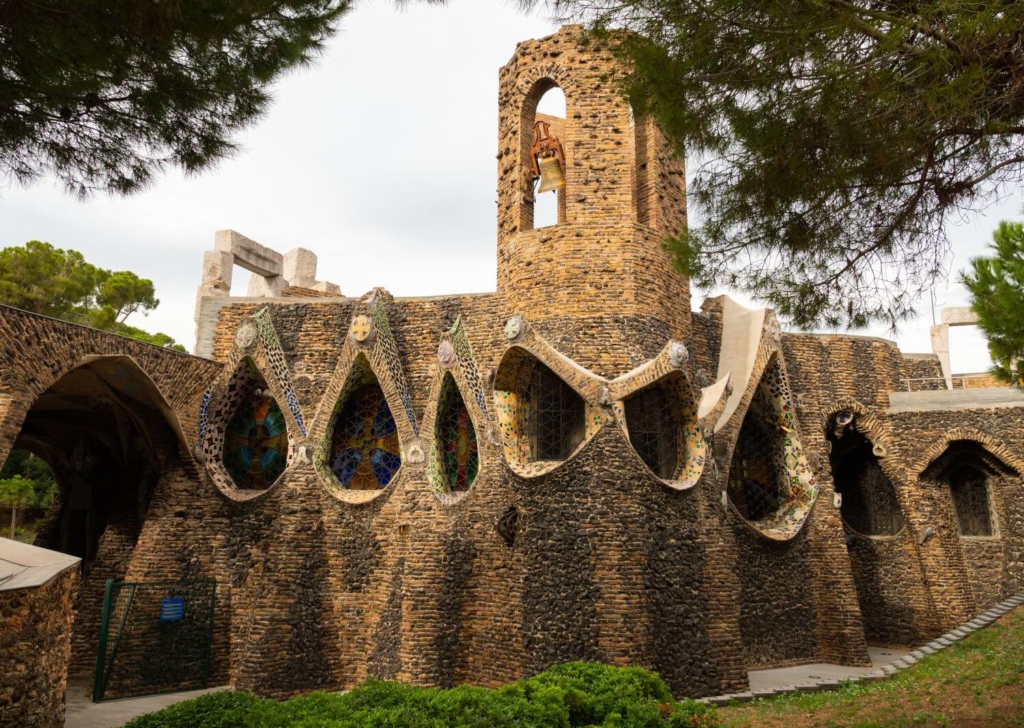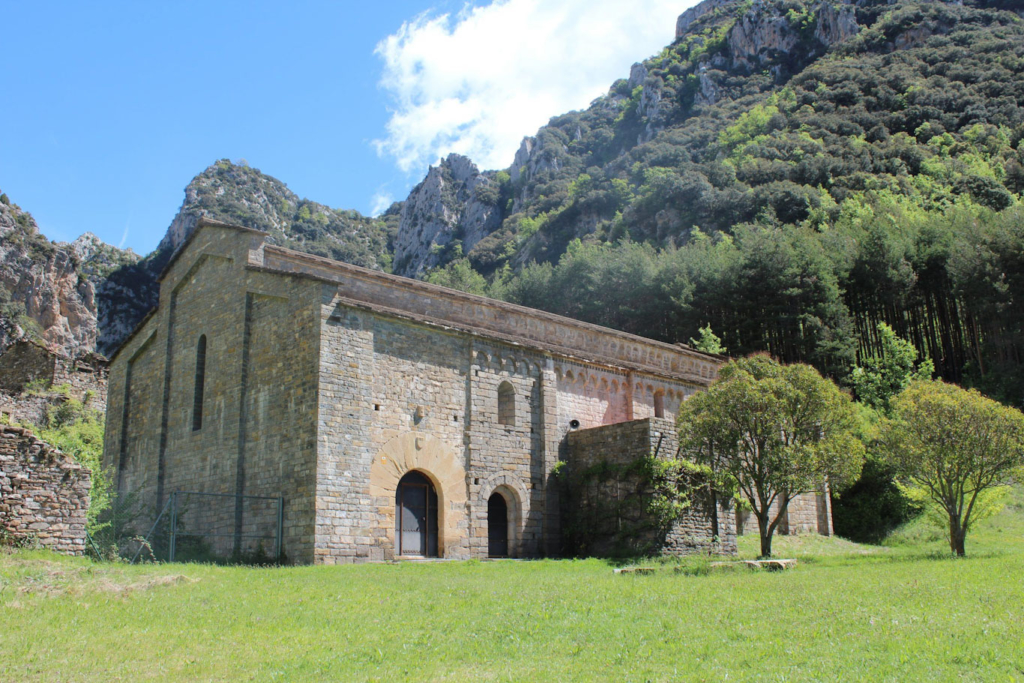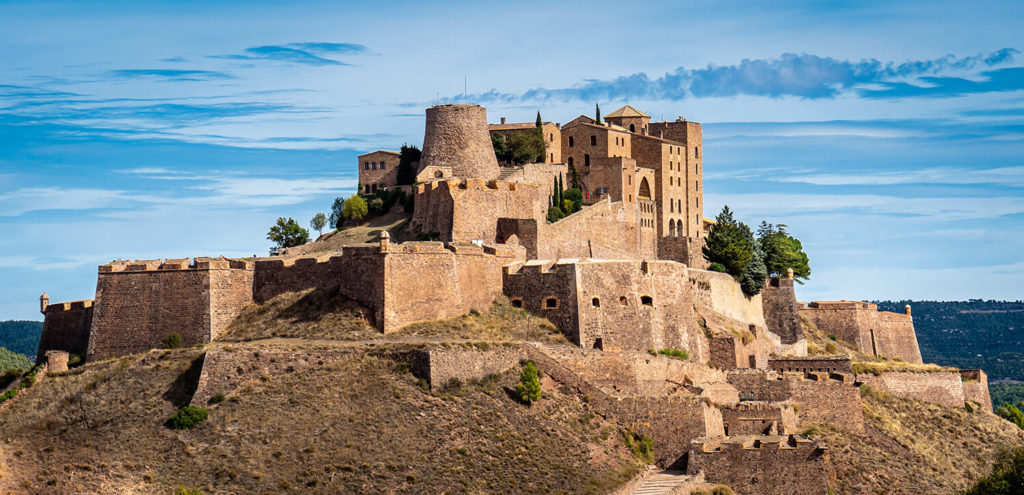

Guided tour of the Pyrenees: salt mines to mountain peaks
Our guided tour of the Pyrenees takes you through the eastern Spanish Pyrenees and explore how the presence of salt layers has profoundly affected the character of the mountain belt and influenced the culture in the region.
You may also like...

Isles of Scilly tours: 4-night inclusive short break
Limited to 10 guests
Leisurely
1st - 5th August 2025
Prices from GBP £1,804 pp
5 days / 4 nights

Shetland holidays: 6-day wildlife & geology tour of epic shores
FLASH SALE Aug and Sept 2025 tours - from £2,099 pp. Tour guaranteed to run.
LeisurelyModerate
18th - 23rd August 2025
3rd - 8th September 2025
13th - 18th May 2026
1st - 6th July 2026
10th - 15th September 2026
Prices from GBP £2,099 pp
6 days / 5 nights
6 days / 5 nights
6 days / 5 nights
6 days / 5 nights
6 days / 5 nights

Get in touch with our team
Want to contact GeoCultura? Our friendly team is here to answer your questions. You can complete our contact form, or use the contact details below.
"*" indicates required fields






















